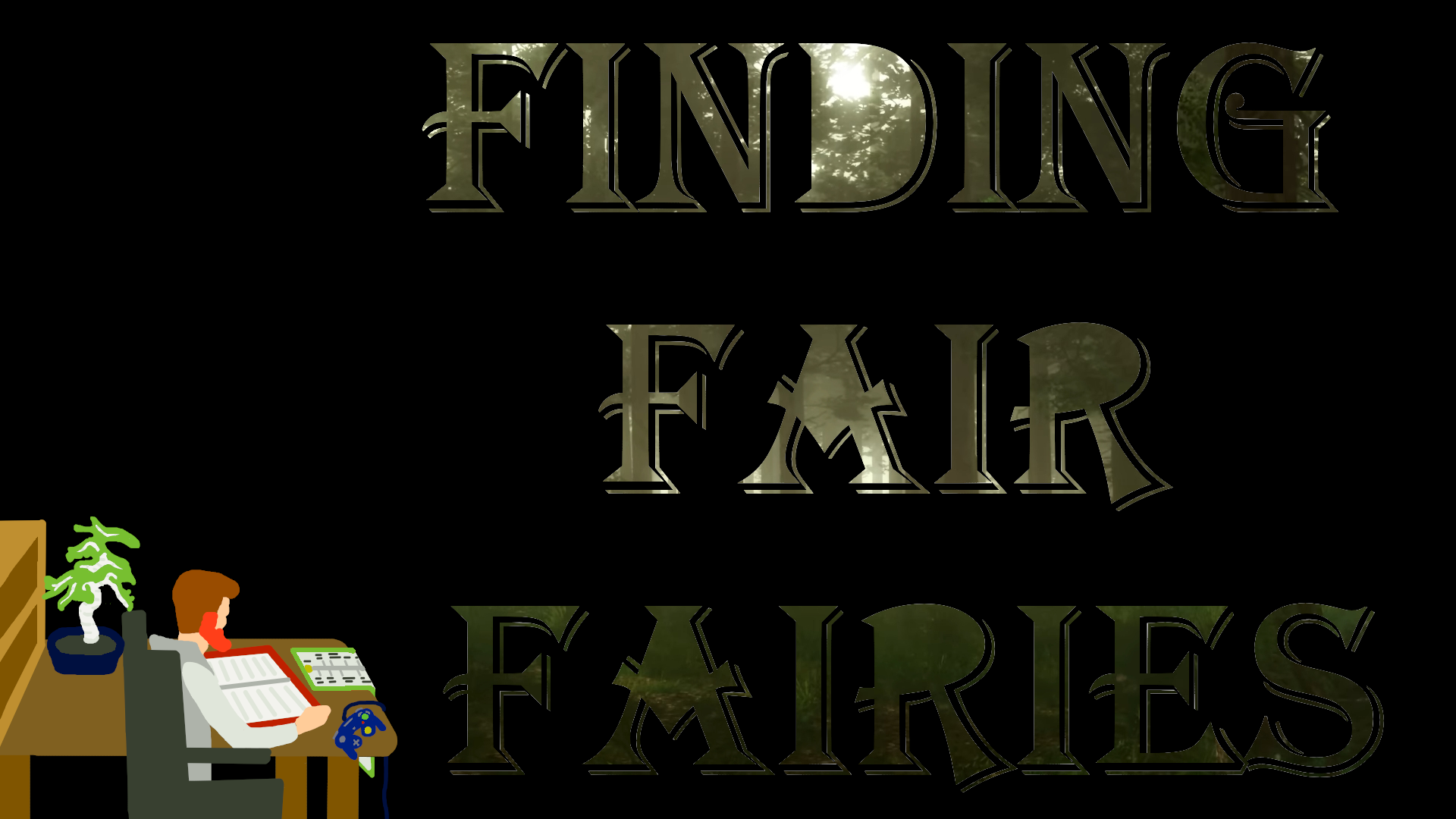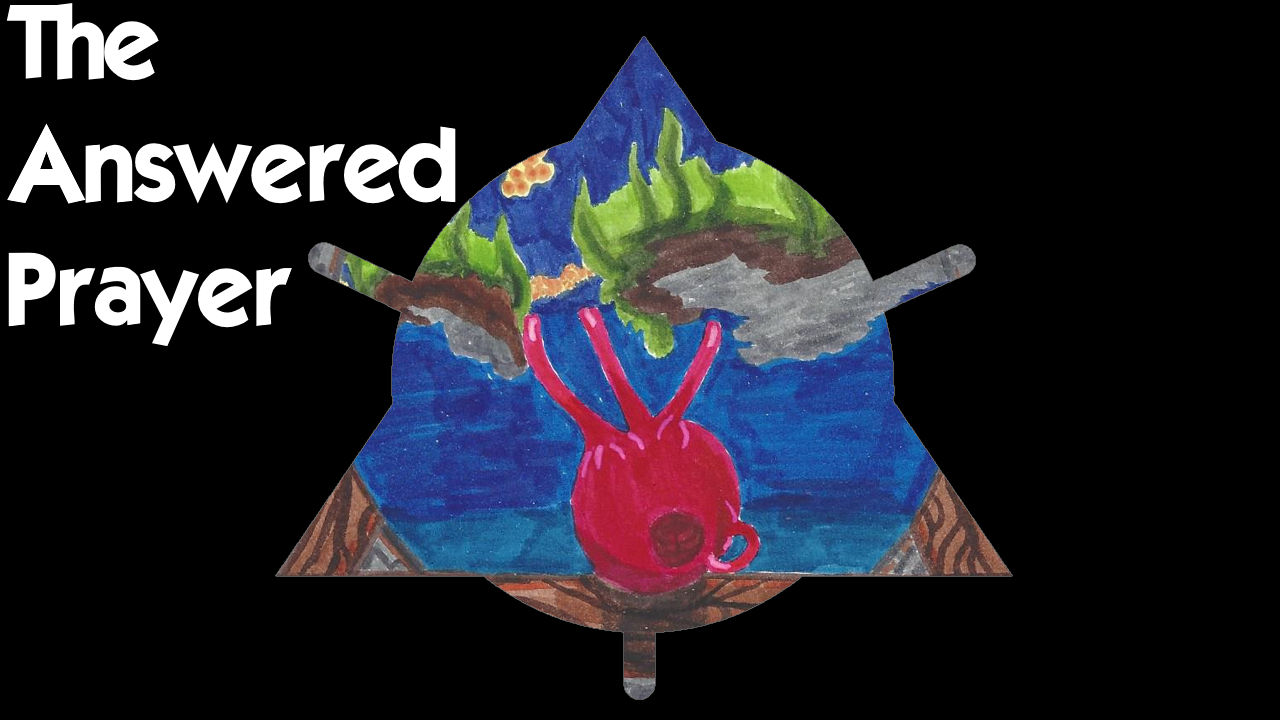This episode, in particular, has more mature topics. If you are not currently in Biology 101 or taking high school biology, you should skip this one.
We all go through school forced to learn useless information. Many turned to resources like Crash Course, Khan Academy, Extra Credits, and more to pass a test. We leave high school and enter college feeling like we missed the most important lessons. This is J. J. Bartel, Author, Scientist, Historian, Gamer, and this is Beyond the Textbook for Biology 101.
Those still here, low-brow, pervy jokes will be resisted because it is time to talk about genetics, reproduction, and what happens when it all goes wrong. However, once professors and students tell easy jokes, students are left with a naturally complicated subject. One of the six factors determining if something is alive is the ability to reproduce. It makes sense to understand how this works. For humans, this matter of life can be fatal if done wrong.
There are two main ways that organisms reproduce. Asexual reproduction, also called clonal reproduction, is the process in which an organism reproduces by making a copy of itself. In this method, genetic material stays the same. Fungi, bacteria, and archaea often do this through fission, budding, or parthenogenesis. Fission is usually single-celled organisms making exact copies of themselves. Budding typically happens in plants when a part is separated and grows as a separate organism. Parthenogenesis is when the female egg has all the genetic material, so it does not need fertilization from the male sperm. This process can happen in simple organisms like some invertebrates and some plants.
The other way that organisms reproduce is through sexual reproduction. If there is a change to the genetic material, like a change in chromosomes or a fusion of gametes, it is considered sexual. The pro of sexual reproduction is variation, or at least that is the argument. In asexual reproduction, a successful organism can make more of itself and dominate. However, these copies have the same strengths and weaknesses. Many bananas are clonal, and a virus is currently wiping out many banana plantations because once it can kill one, it can kill all. In sexual reproduction, the father and mother have different genes, strengths, and weaknesses. The offspring is a mix of the parents, and what could kill one or both of the parents might not kill the kid. In the world of survival, this is a hereditary superpower. Many aspects of sexual reproduction are still controversial and will cause a lobbing of beaker bombs and verbose argumentation.
What exactly is getting passed down from generation to generation? In previous episodes of this series, it was touched on that DNA and RNA are genetic info stored in cells. All the DNA parts that make up an organism’s genetic code are chromosomes. Humans have 46 strands of chromosomes that make up their entire genome. Forty-four of those strands are standard, everyone has one, and two are sex-specific. In humans, if one is born with two x chrom-ies, their ladies. Bros have an X and Y chromo-s. In humans, our DNA strands are paired, which is diploid, meaning humans have 23 pairs of chromosomes. Many plants and fungi have more than two copies; if there are three or more, the organism is described as polyploid. In some cases, there is only one copy of a chromosome, no pairing, and that is called haploid. These chromosomes are what organisms pass on to make the next generation. If one wanted to list or show the full extent of an organism’s chromosomes, that would be called a karyotype. In many cases, a karyotype is visually displayed using a karyogram, to the point that a karyotype and a karyogram are often the same.
Now one of the reasons why reproduction is challenging to study is that most places study how cells typically divide so that organisms can maintain survival, often called homeostasis. Then, in a class, cells are discussed on how they atypically divide to form gametes for sexual reproduction. Cancer material gets covered either in-between typical cell division or after gametic production. This one teaches typical and atypical cell reproduction separately because it is so much information. The tradeoff is that fracturing the genetic story makes it easier to learn the details but makes it harder to understand the overarching process.
Cells reproduce to replace dead ones. Cancer is when a cell reproduces too much. The mass of out-of-control cells are tumors; if a tumor or tumor chunk decides to do some body exploration, it is considered malignant. We know that cells that are nonfunctioning or kill other cells are enough of a problem that it can be called a disease. Beware of the temptation of comparing something that is not cancer to cancer. Calling a rumor a tumor helps to reduce the spreading of rumors and opens the door for good words to be said.
On the other hand, comparing a human fetus, or humans in general, to cancer is not good. Doctors do not negotiate with cancer lumps. They do not litigate with bumps. Instead, they use chemotherapy, surgery, and anything they can to kill cancer. If humans are cancer, who should die, and who decides the death? Historically, it is not good when people groups called Jews, Slavs, the Bourgeoisie, the old guard, the Intelligentsia, and those physically, mentally, or emotionally handicapped are the quote on quote the cancer of society. To view a group of people as a malignant tumor is to open a genocidal door. The living door of how life maintains homeostasis and reproduces, specifically with mitosis and meiosis, will be covered next time.
If you thought this was helpful, feel free to like and share this content. Also, I have a book that goes into Science and every school subject. It is called the lost soul of scholastic study, available on Amazon, and until next time cultivate some greatness.




Excellent points made with substantial support provided. Worth thinking about!